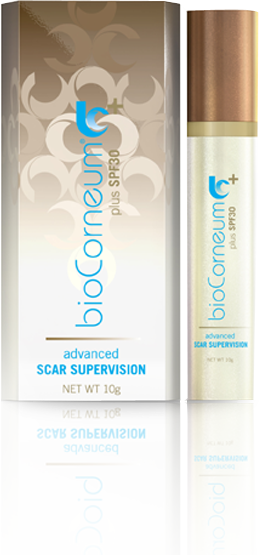
I’ve been following Angelina Jolie in the news over the past few weeks, ever since her May 14, 2013, bomb-shell New York Times Op Ed. I admire her for being able to maintain her privacy during her decision process and treatment, and even more for being able to share her decision in such an even-keeled manner.
Angelina Jolie is Already Immortal
Angelina Jolie has been immortalized in film, but her very personal medical decision has increased her odds of growing old with the rest of us. Individual odds will vary, but the BRCA1 gene she carries gives her an 87 percent risk of breast cancer and a 54 percent risk of ovarian cancer without preventative surgery. After her double mastectomy, and Breast Reconstruction, her chances of developing breast cancer have dropped from 87 percent to under 5 percent. For comparison, the general population’s risk of breast cancer is 12% and for ovarian cancer less than 1%.
Yes, There are Scars
The diagnosis of such a high predisposition to Breast Cancer does not come without scars. First, there are the emotional scars of being faced with one’s mortality, magnified by the helplessness of potentially not being there for our loved ones. Second, are the physical scars from the treatment.
No One Likes Scars
I guess there are exceptions to every good rule, but it’s a pretty good rule that no one likes scars. As a Board Certified Plastic Surgeon, I spend much of my day dealing with scars. Surgical treatments cause scars. This is how the body makes itself whole again. We plastic surgeons pride ourselves on making the smallest possible scars with the most inconspicuous placement, even if we have to work backwards and upside-down to accomplish our goal. Thankfully, most scars are acceptable and the trade-off is worthwhile. A small percentage of the time, a scar may become raised, red or otherwise conspicuous.
Hypertrophic Scars and Keloids
The goal is always to obtain a thin, soft scar. Sometimes due to the nature of the injury or the genetics of the injured a scar is pronounced. These types of scars are broadly classified as Hypertrophic Scars and Keloids. The difference is easy to tell. Hypertrophic Scars are confined to the area of injury, while Keloids will invade the surrounding normal skin almost like a tumor. We can identify these scar using biochemical markers, but currently there is no magic bullet that can predictably transform the healing process into a thin soft scar.
So What Can be Done for Scars?
I have authored several previous posts about Scar Revision. The wide variety of treatments speaks to the fact that no one treatment works for every patient every time. For those whose expectation is that the scar will be completely erased, treatment will always be a failure. However, for those looking to reduce the appearance of an obvious scar, there is hope.
Topical Treatments for Scar Healing
The simplest form of Scar Treatment is pressure. The right amount of compression for the proper amount of time can significantly remodel a scar. Compression garments are used routinely for burns and significantly improve the results for both burns that heal primarily and those that require skin grafts. A corollary of compression is Scar Massage, which also seems to help
Topical Silicone is also a popular choice. Originally introduced as silicone gel sheeting, more recently topical silicone gel has been shown to be effective to promote faster and smoother scar healing. Sheeting is applied to scars for about 12 hours every day, while topical silicone gels are applied twice a day. Both silicone sheeting and topical silicone like Kelocote and BioCorneum have been scientifically proven to improve the appearance of scars faster then controls.
Mederma for Scars
I am always surprised by the large number of positive testimonials for Mederma online. There is excellent scientific research showing that petroleum jelly (Vaseline) works better than the onion extract found in Mederma. I group it with Vitamin E — not helpful, but people swear by it. The most likely reason is that the scar massage helps, and that most scars improve with time with or without treatment. On the other hand, Mederma is unlikely to cause any harm, so if you feel like it worked for you, great.
What Scar Treatment Does Ms. Jolie Use?
So what scar treatment does Angelina Jolie use? According to Dr. Kristi Funk’s Blog, a topical silicone was selected. In her case BioCorneum, the same topical silicone with sunscreen I recommend for my patients. According to the manufacturer, BioCorneum + and BioCorneum Hydrocortisone are the only two topical silicone products that have been FDA approved and clinically proven to reduce scars. If you are having surgery, be sure to ask what scar treatments can be added to minimize your scars, and prevent Scar Revision.
